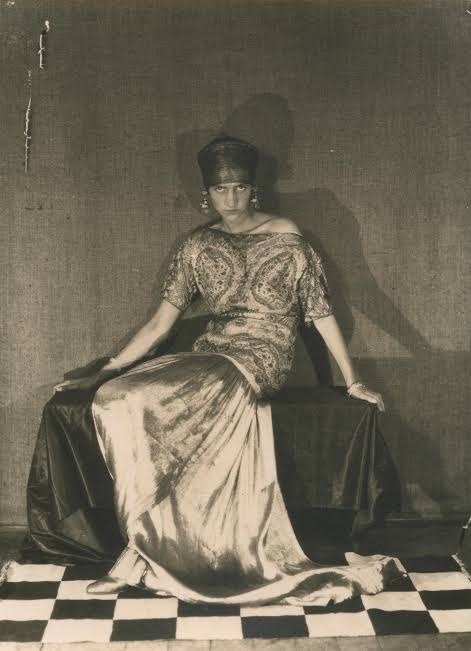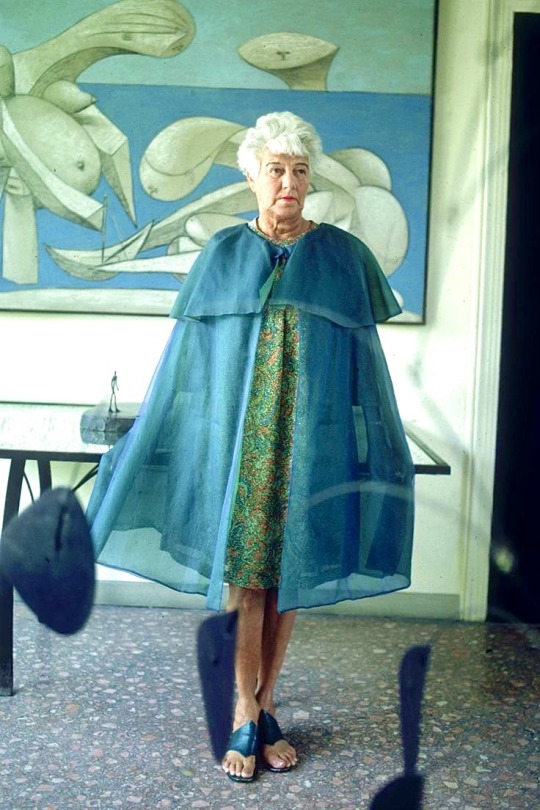#peggy guggenheim
Text
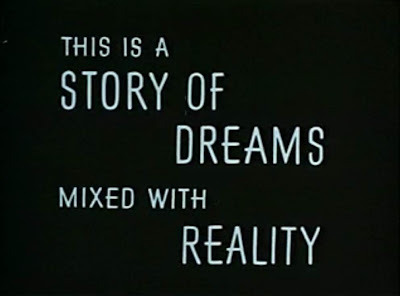

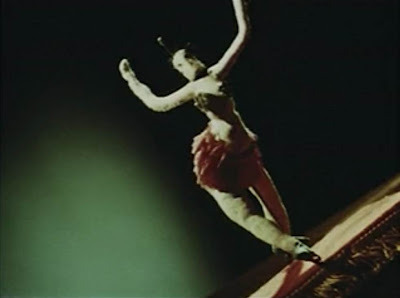


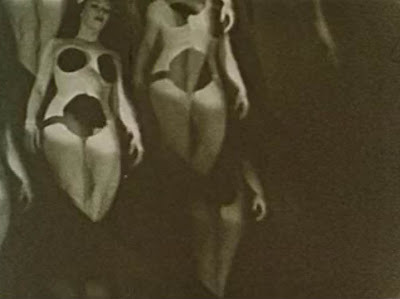
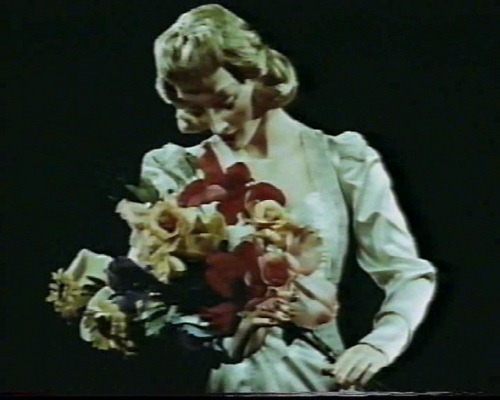
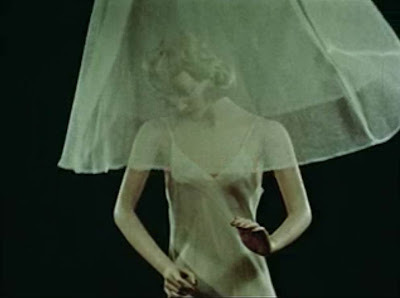
Dreams That Money Can Buy is a 1947 experimental feature color film written, produced, and directed by surrealist artist and dada film-theorist Hans Richter.
The film was produced by Kenneth Macpherson and Peggy Guggenheim
Collaborators included Max Ernst, Marcel Duchamp, Man Ray, Alexander Calder, Darius Milhaud and Fernand Léger. The film won the Award for the Best Original Contribution to the Progress of Cinematography at the 1947 Venice Film Festival.
more
#Dreams That Money Can Buy#Hans Richter.#Peggy Guggenheim#Max Ernst#Marcel Duchamp#Man Ray#Alexander Calder#Fernand Léger#experiemental film#set
506 notes
·
View notes
Text
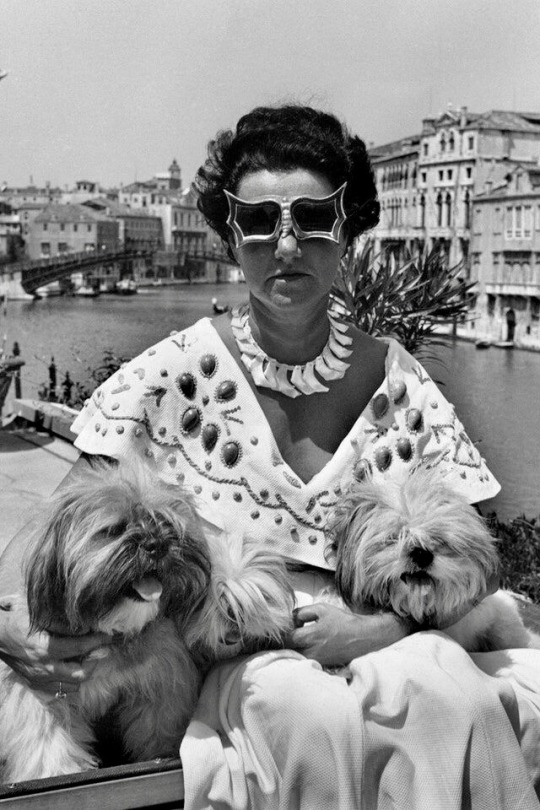
Peggy Guggenheim
214 notes
·
View notes
Text
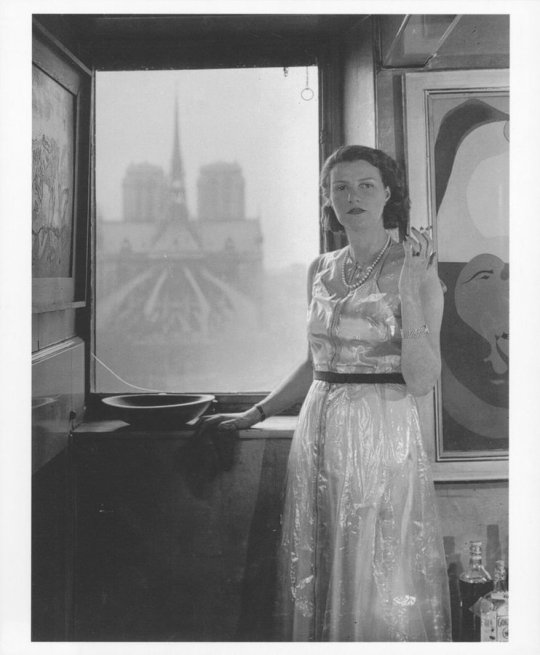
Peggy Guggenheim, August 26, 1898 – December 23, 1979.
1940 photo by Rogi André.
135 notes
·
View notes
Text
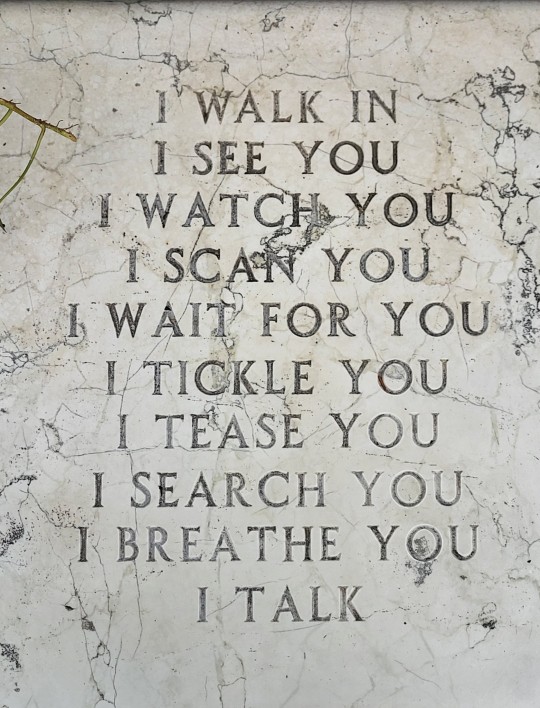
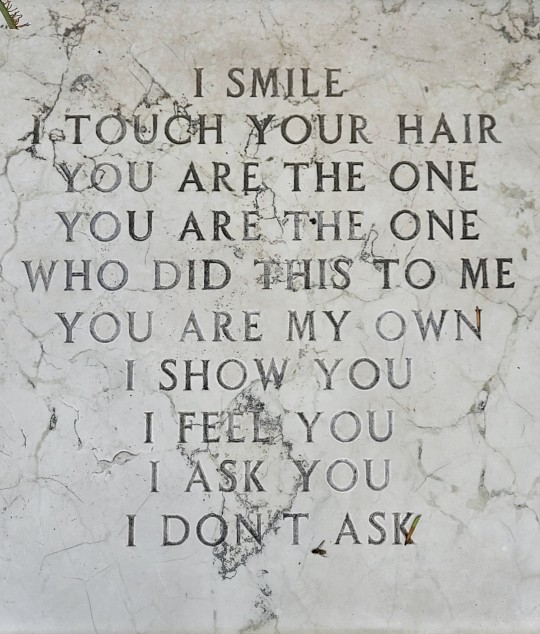
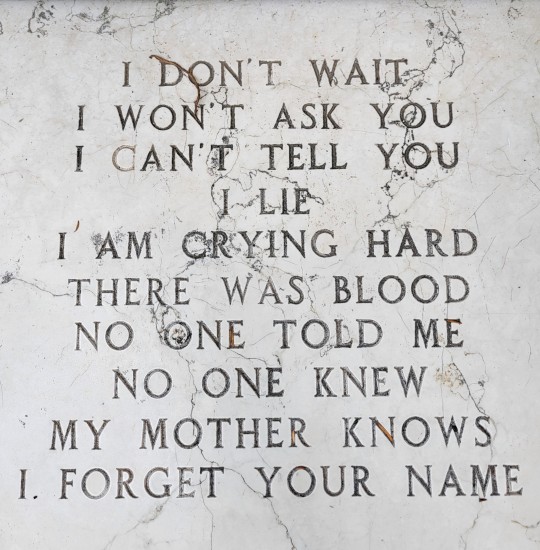

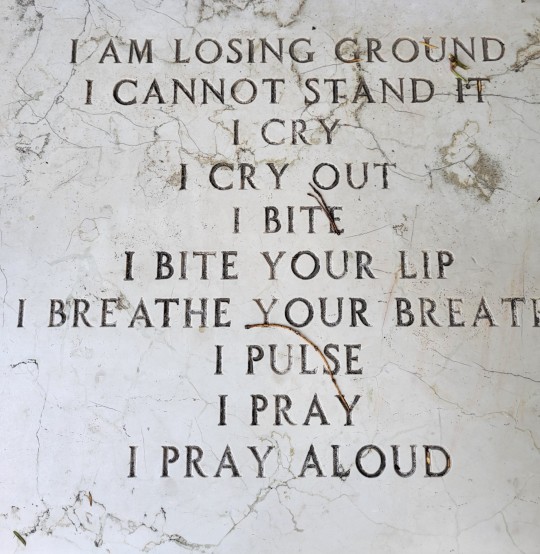

Garden bench - Jenny Holzer
Peggy Guggenheim Collection, Venezia, 2022
34 notes
·
View notes
Photo

To go out in a gondola at night is to reconstruct in one’s imagination the true Venice, the Venice of the past alive with romance, elopements, abductions, revenged passions, intrigues, adulteries, denouncements, unaccountable deaths, gambling, lute-playing and singing.
- Peggy Guggenheim
78 notes
·
View notes
Text
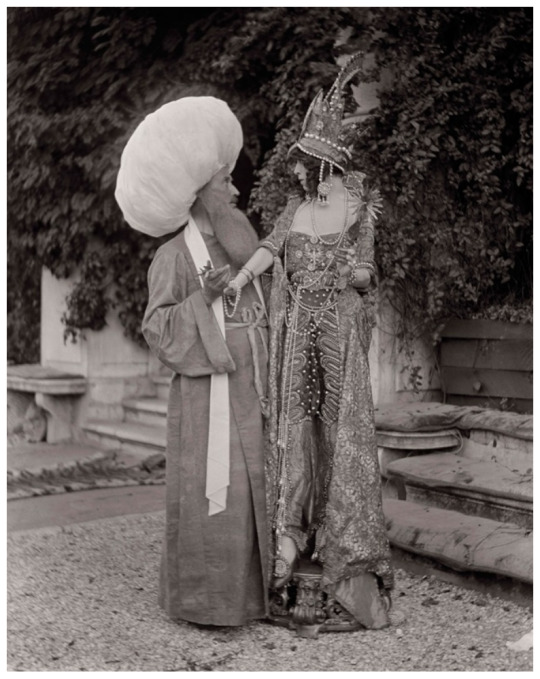
Luisa Casati and mystery companion in the garden of Palazzo Venier dei Leoni - Luisa Casati, started to live in the famously unfinished palazzo in 1910.
Luisa was one of the wealthiest women in Italy, having inherited her father’s industrial fortune. As the wife of the Marchese Camillo Casati, she was allied to the highest ranks of Italian nobility. Yet after falling under the spell of the notorious writer and aesthete Gabriele D’Annunzio, Luisa had turned her back on conventional society and, with a passion that bordered on profound eccentricity, vowed to turn her life into a work of art.
Venice was to be her theatre, the romantically derelict Venier palazzo her stage. Luisa hired an army of workmen to transform the interior into a dazzle of marble, glass and gold, but she was determined to retain the building’s dirty, overgrown and crumbling exterior.
Further evidence of Luisa’s maverick taste was revealed in the menagerie of pets that she began to gather around her — parrots, monkeys, snakes and peacocks, plus a flock of albino blackbirds that she would dye different colours to suit her mood. Most beloved of these pets was the elegantly spotted cheetah that accompanied her everywhere.
Photo: Mariano Fortuny, Palazzo Pesaro degli Orfei – Museo Fortuny © Fondazione Musei Civici di Venezia / via: Christie's

Today the Palazzo Venier dei Leoni now the Peggy Guggenheim Collection, Venice named after its last resident.
21 notes
·
View notes
Text
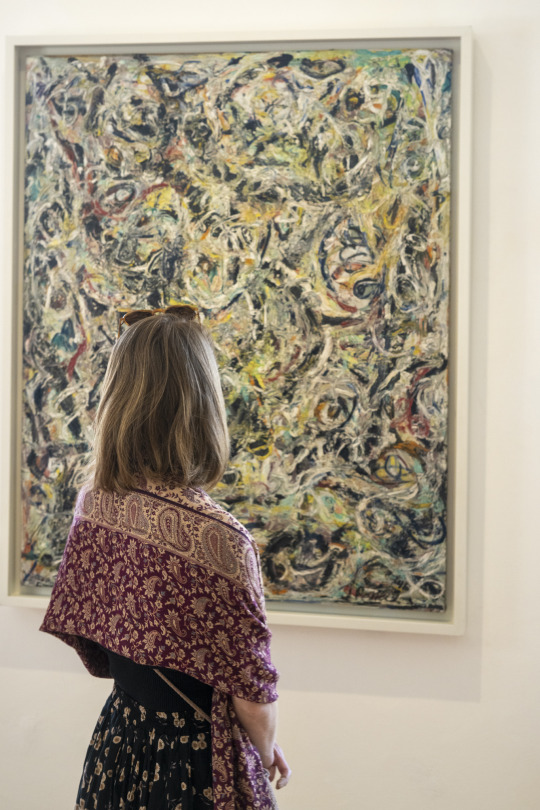
#peoplematchingartworks#jackson pollock#peggy guggenheim#stefandraschan#photography#contemporaryart#venice
63 notes
·
View notes
Text


Peggy Guggenheim, 1952. Peggy Guggenheim Album, Private Collection. Photo: Eugene Kolb
Peggy Guggenheim, wearing Alexander Calder earrings
#peggy guggenheim#alexander calder#modern art#art history#art collectors#earrings#jewelry#art jewelry#aesthetictumblr#tumblraesthetic#tumblrpic#tumblrpictures#tumblr art#tumblrstyle#calder#venice#art collection#Guggenheim collection#beauty
31 notes
·
View notes
Text
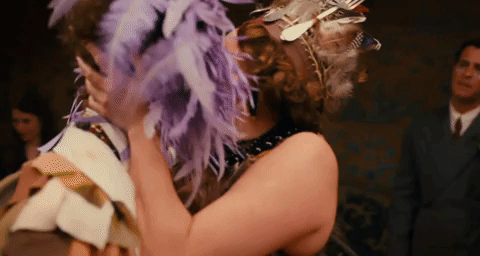
The way Varian Varian glances at Thomas and immediately doesn’t know where to look anymore - and Thomas only having eyes for Varian
#transatlantic#lovefry#varian fry#thomas lovegrove#max ernst#peggy guggenheim#i love them a very normal amount#don't worry varian it will be your turn soon
54 notes
·
View notes
Photo

Hermann Landshoff, Leonora Carrington, Andre Breton, Max Ernst and Marcel Duchamp, New York, with Morris Hirshfield’s painting nude at the window (1941) at Peggy Guggenheim’s town-house, 1942.
#bizarre au Havre#photography#Black and White#surrealism#art#artist#hermann landshoff#leonora carrington#andre breton#max ernst#marcel duchamp#new york#morris hirshfield#peggy guggenheim#photographie#noir et blanc#surréalisme#artiste
576 notes
·
View notes
Text

Dreams That Money Can Buy is a 1947 experimental feature color film written, produced, and directed by surrealist artist and dada film-theorist Hans Richter.
The film was produced by Kenneth Macpherson and Peggy Guggenheim
Collaborators included Max Ernst, Marcel Duchamp, Man Ray, Alexander Calder, Darius Milhaud and Fernand Léger. The film won the Award for the Best Original Contribution to the Progress of Cinematography at the 1947 Venice Film Festival.
more
#Dreams That Money Can Buy#Peggy Guggenheim#Max Ernst#Marcel Duchamp#Man Ray#Alexander Calder#Darius Milhaud#more#experimental film
262 notes
·
View notes
Text
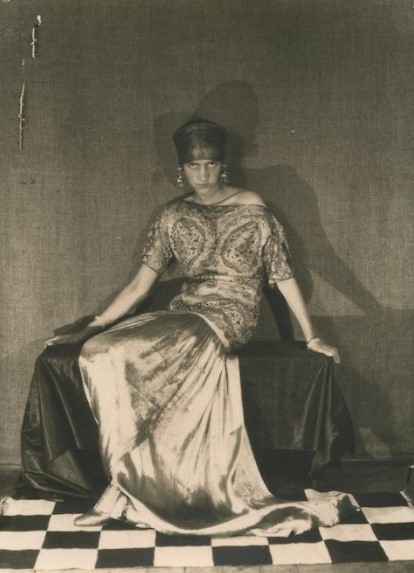
Peggy Guggenheim in a dress by Paul Poiret and a headdress by Vera Stravinsky, photographed by Man Ray, Paris, c. 1925.
38 notes
·
View notes
Text
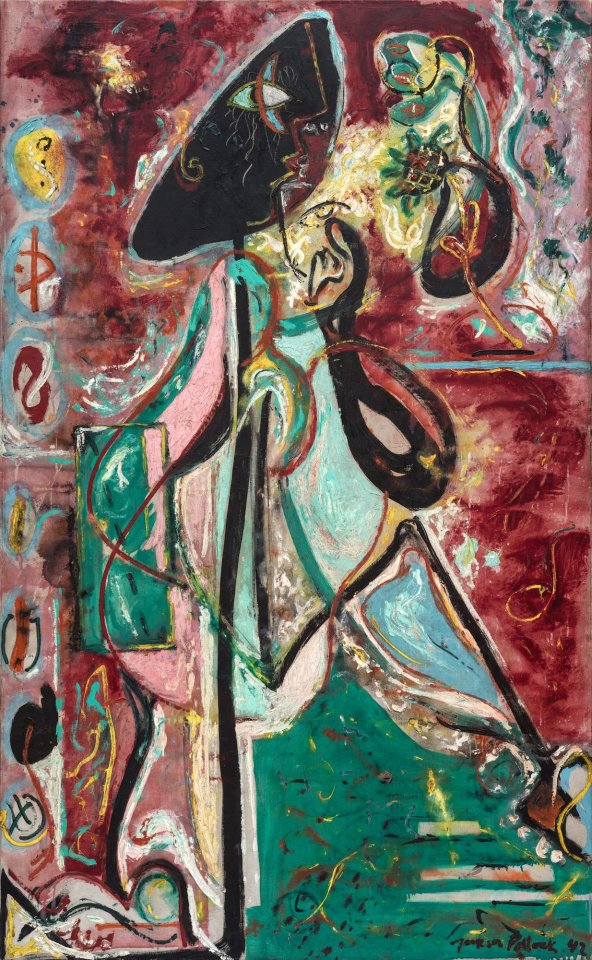
Jackson Pollock, The Moon Woman, 1942
Oil on canvas, 175.2×109.3cm.
Peggy Guggenheim Collection, Venice.
Like other members of the New York School, Jackson Pollock was influenced in his early work by Joan Miró and Pablo Picasso, and seized on the Surrealists’ concept of the unconscious as the source of art. In the late 1930s Pollock introduced imagery based on totemic or mythic figures, ideographic signs, and ritualistic events. The Moon Woman recalls Picasso, particularly in its palette and composition. The subject of the moon woman, which Pollock treated in several drawings and paintings of the early 1940s, could have been available to him from various sources. At this time many artists, among them Pollock’s friends William Baziotes and Robert Motherwell, were influenced by the fugitive, hallucinatory imagery of Charles Baudelaire and the French Symbolists. In his prose poem “Favors of the Moon” Baudelaire addresses the “image of the fearful goddess, the fateful godmother, the poisonous nurse of all the moonstruck of the world.” Although it is possible that Pollock knew the poem, it is likelier that he was affected in a more general way by the interest in Baudelaire and the Symbolists that was pervasive during the period. (x)
#jackson pollock#painting#1942#the moon woman#pollock#peggy guggenheim#guggenheim#museum#peggy guggenheim collection#venice
47 notes
·
View notes


